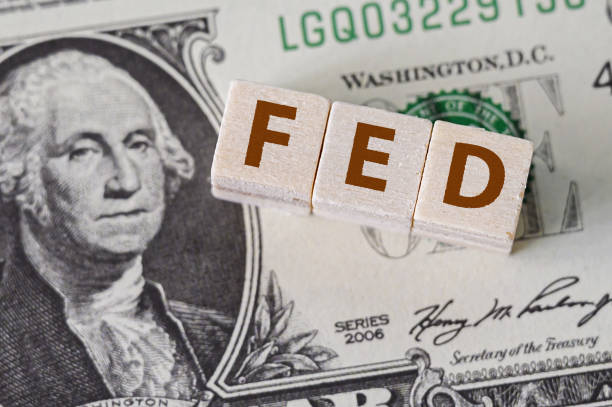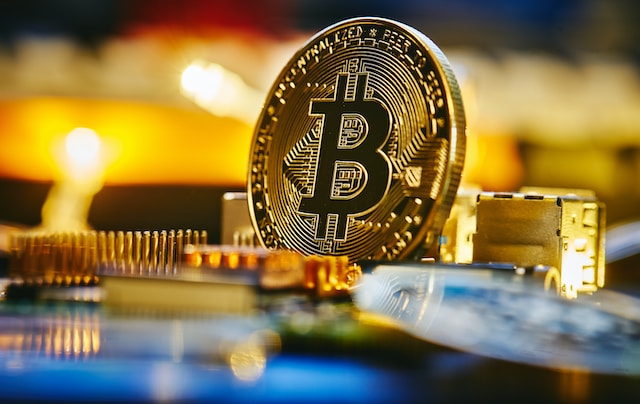Gold and Silver Retreat from Key Levels — But Analysts Stand Firm: This Is Not a Stock-Style Bubble

TradingKey - Gold and silver prices surged to historic highs this week before sharply pulling back — but the retreat has not derailed broader bullish sentiment. Analysts say the move reflects a healthy correction, with strong demand from retail investors and central banks confirming that the precious metals market is not in a speculative bubble like equities.
On October 9, gold hit an intraday high of $4,078 per ounce, then reversed sharply, dropping as low as $3,958 — briefly breaking below the key $4,000 psychological level and drawing widespread attention. Meanwhile, silver, after briefly surpassing $51/oz in a historic breakout, quickly weakened and is now trading above $47.60.
Profit-Taking After a Strong Run
Market analysts attribute the pullback to natural profit-taking following rapid gains. Technical indicators show both metals had been in overbought territory for much of the past month, prompting traders to lock in profits.
Pepperstone noted that the relentless day-after-day rally has lost momentum. Some traders are eager to reduce extended positions and secure returns.
Drivers Behind the Rally
The surge in gold was fueled by:
- Spillover from overheated equity markets
- U.S. fiscal pressures
- Erosion of Federal Reserve independence
- Rising political risks across multiple nations
Additionally, a growing “debasement trade” has drawn investors into gold, silver, and Bitcoin, as they rotate away from traditional fiat currencies like the U.S. dollar.
However, several factors have recently pressured bullion:
- The Fed’s September rate cut has been priced in
- Policymakers have turned cautious on further easing
- The DXY dollar index rebounded, weighing on dollar-denominated commodities
- A ceasefire in Gaza reduced immediate safe-haven demand
Bull Case Remains Intact
Despite the pullback, many commodity traders say gold and silver may need further adjustment, but the core drivers remain firmly in place:
- Global push for reserve diversification
- Soaring sovereign debt levels
- Central bank buying trends
These structural forces mean the bullish outlook remains intact.
City Index analysts pointed out that options markets show rising volatility at the peak of the rally, along with increased demand for downside protection. For long-position holders, this may be an ideal moment to take partial profits — though any deeper correction is likely to be limited.
Gold vs. Stocks: A New Dynamic
Traditionally, gold and stocks move inversely, with gold acting as a risk hedge during equity sell-offs. But recently, both assets have hit record highs simultaneously — an apparent anomaly.
UBS explained that rising retail demand is supporting gold independently. Every time money flows into gold ETFs, those funds must buy physical gold — a direct, tangible demand mechanism.
This contrasts sharply with equity market dynamics, where price surges often stem from speculative “bubble behavior” and retail FOMO (fear of missing out).
Moreover, amid concerns over stretched stock valuations, gold could benefit further from equity market spillover — as investors seek more reliable safe-haven assets.







